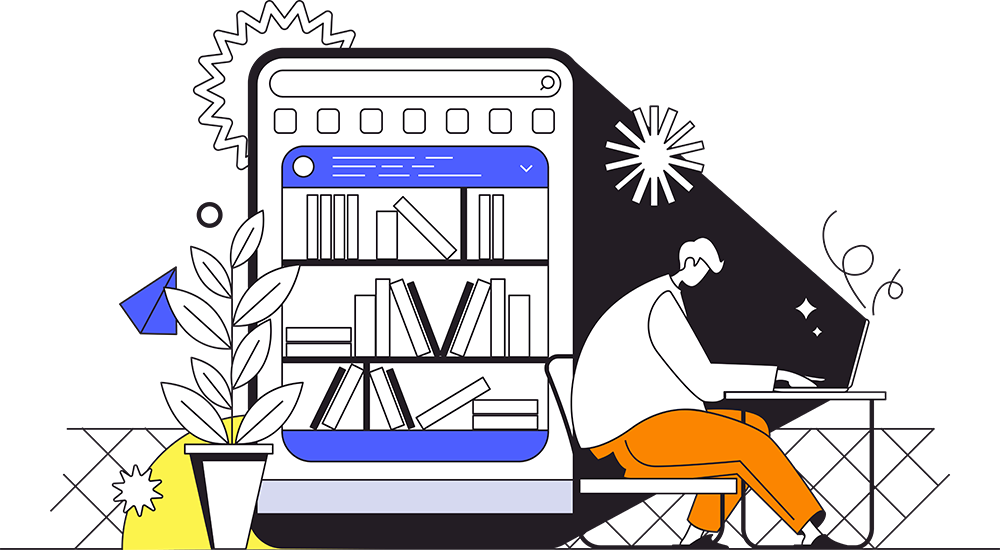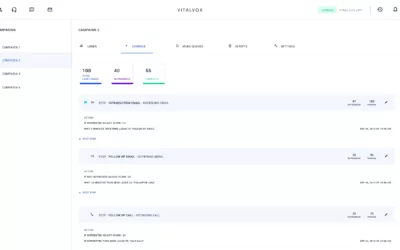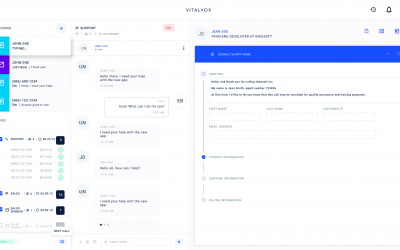Integrating IoT: The Next Revolution is transforming software development as we know it. With the Internet of Things (IoT) enabling an unprecedented level of connectivity across devices and networks, companies are experiencing a new wave of operational efficiency, data-driven insights, and customer engagement. By enhancing data collection, automating processes, and advancing security measures, IoT is truly driving the next revolution in the software development world.
Why Integrating IoT Is Essential
Integrating IoT: The Next Revolution is essential because IoT connects a network of devices that gather, share, and analyze data to make systems smarter. Today, everything from household appliances to large-scale industrial equipment is part of this network, providing valuable, real-time insights. Consequently, companies can make more informed, data-driven decisions, improve operational efficiency, and deliver better user experiences.
Key Benefits of Integrating IoT in Software Development
Integrating IoT brings several significant benefits that are reshaping software development. Here are some of the most impactful advantages IoT offers in this new revolution:
- Enhanced Data Collection: IoT devices generate vast amounts of data that developers can leverage to understand user behavior and preferences better, allowing for more responsive, customized applications.
- Real-Time Processing: IoT enables real-time data processing, invaluable for applications needing instant responses, like health monitoring systems or automated home appliances.
- Automation Opportunities: By connecting devices and applications, IoT simplifies automation, reducing the need for manual intervention and enabling smarter, more efficient processes.
Clearly, integrating IoT: The Next Revolution is a game-changer for businesses striving to innovate and offer enhanced user experiences. However, unlocking its full potential requires a solid understanding of IoT fundamentals and best practices.
How Integrating IoT Is Reshaping Software Development
As IoT technology revolutionizes traditional software development practices, it emphasizes the importance of scalability, security, and flexibility. Let’s explore how integrating IoT is bringing about this revolution.
Building Scalable Architectures for IoT
As the number of devices connected to IoT networks increases, software must be able to handle vast, distributed data. Developers are now focusing on scalable architectures to manage these extensive data flows. Cloud platforms, containerization, and microservices are essential, allowing systems to grow with the number of devices without compromising performance.
Prioritizing Security in IoT Integrations
Integrating IoT: The Next Revolution has introduced new security challenges. With numerous devices connected to a single network, data security and privacy are paramount. Therefore, developers implement strong authentication methods, data encryption, and regular updates to protect IoT applications from potential cyber threats.
Enhancing Flexibility and Interoperability
To ensure seamless integration, IoT systems must communicate effectively with different devices, software, and protocols. Consequently, flexibility and interoperability are central to IoT application development. By using open standards and APIs, developers can achieve smoother integration and frictionless data exchange, maximizing the potential of IoT applications.
Best Practices for Integrating IoT: The Next Revolution in Software Development
For companies seeking to succeed with integrating IoT: The Next Revolution, following these best practices is essential:
1. Start Small and Scale Up Gradually
IoT projects can be complex, especially with large device networks. Therefore, developers should begin with smaller project scopes, testing functionality and security before expanding. This approach helps teams troubleshoot and make adjustments early, avoiding compromises to the larger system.
2. Focus on User-Centric Design
User experience (UX) is central to successful IoT integration. Developers should prioritize user-friendly designs and conduct regular usability testing to meet user needs effectively, from setup ease to intuitive controls.
3. Optimize Data Management
Because IoT generates significant amounts of data, implementing efficient data storage and retrieval systems is essential. Using cloud storage or edge computing helps optimize real-time data processing. By processing information closer to where it’s generated, latency decreases, allowing users to enjoy faster response times.
4. Maintain Strong Security Protocols
With data privacy and cyber threats as primary concerns, every IoT project should include a comprehensive security strategy. This includes regular vulnerability testing, strong encryption, and role-based access control. By making security an integral part of development, companies can better protect user data and prevent potential breaches.
The Future of Integrating IoT: The Next Revolution in Software Development
Looking ahead, integrating IoT: The Next Revolution will likely continue to shape software development, especially as emerging technologies like AI, machine learning, and 5G improve IoT’s capabilities. These advancements promise faster data processing, enhanced connectivity, and smarter decision-making.
Ultimately, businesses that embrace IoT will gain a competitive edge, benefiting from valuable insights that lead to superior products and customer experiences. As IoT integration spreads, software developers will need to keep evolving, adopting agile practices, and leveraging new technologies to remain at the forefront.
Contact Us
Are you ready to transform your software development strategy by integrating IoT? Contact us today to learn more about our innovative IoT solutions and how we can help bring your ideas to life. Together, let’s lead the next revolution in software development and create software that adapts to the demands of the future.



